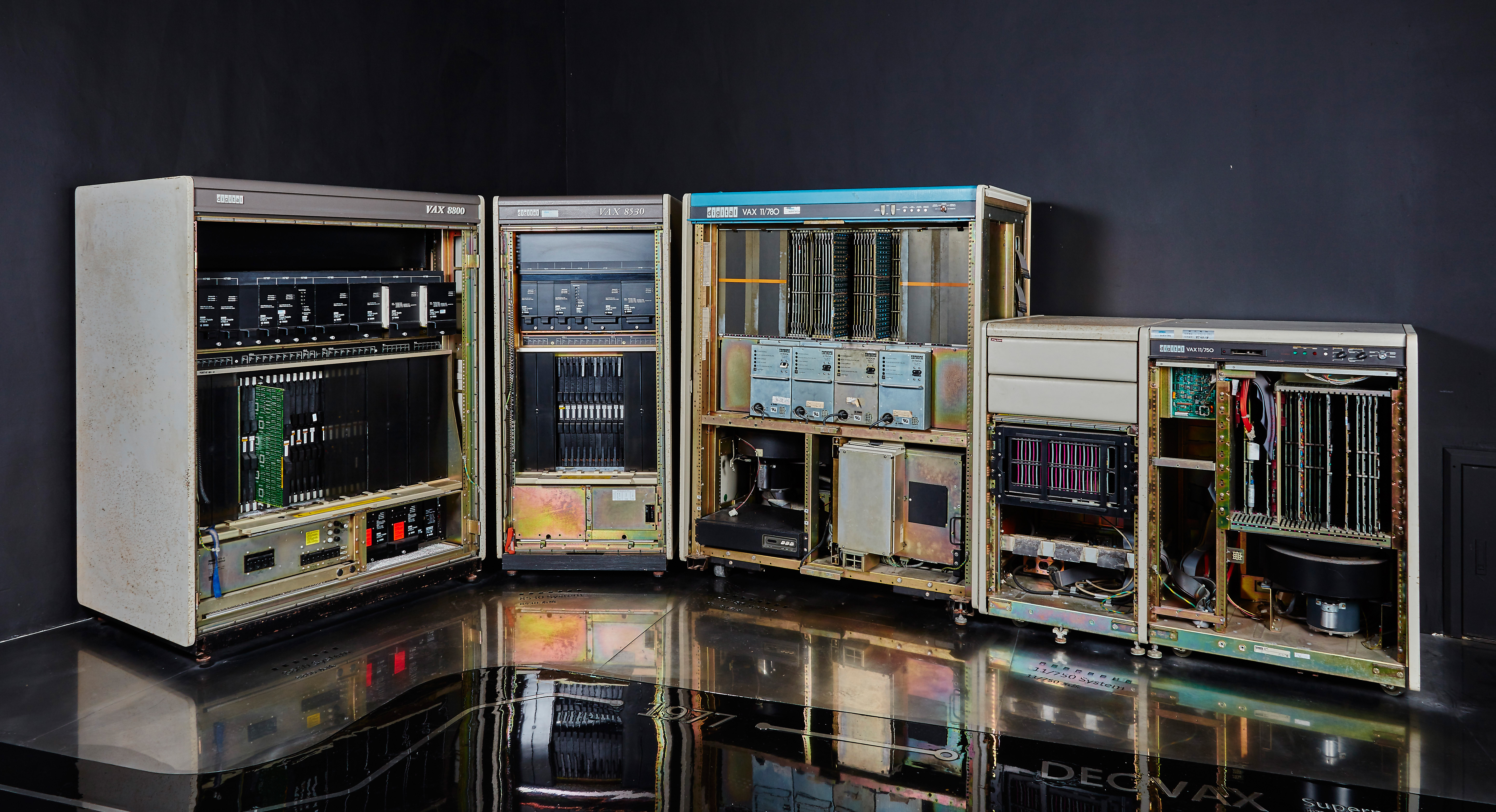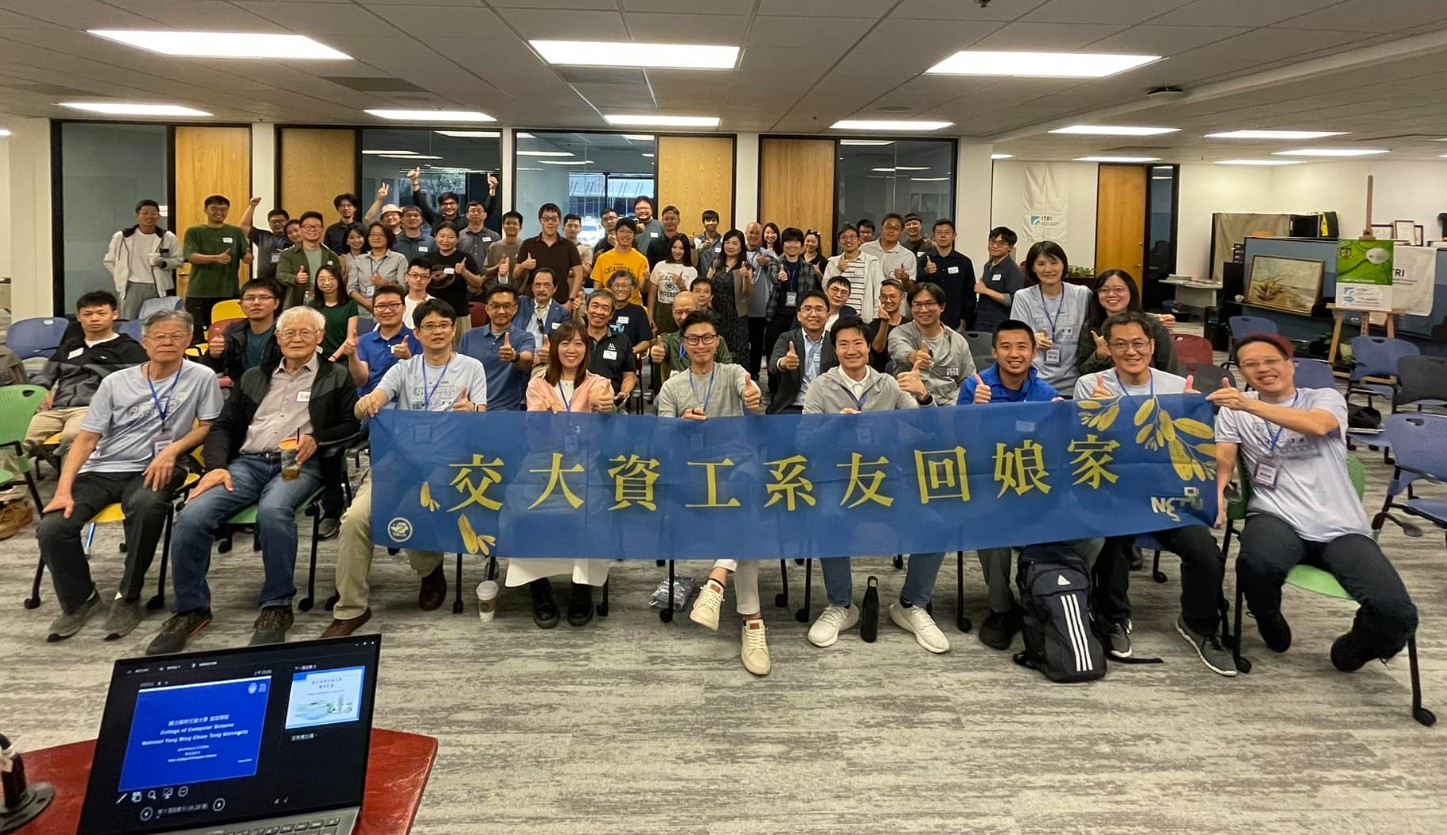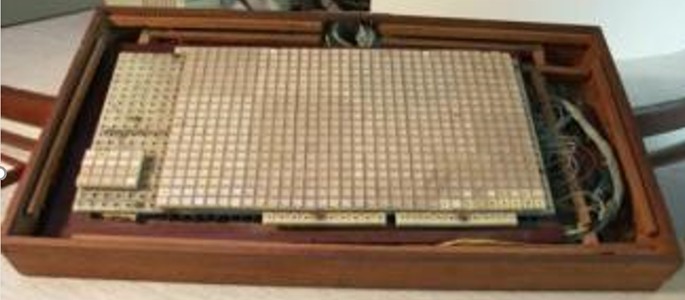Witnessing the Evolution of the Computer Age — My Reflections and Thoughts
- Published on
- Author
- 魏彣芯

By Min-Wen Du, Retired Professor and Former Chair of the Department of Computer Science
Humanity has used tools to aid in numerical computation for thousands of years. However, it was only in the past century, following the invention of electronic computers, that this field advanced by leaps and bounds. Our generation has had the privilege of living through this era of rapid transformation. I often reflect that, while each of us experiences this evolution with our own limitations—seeing only a partial view of the whole—collectively, our observations can serve as a meaningful testimony to the history of computing.
What follows is a personal account—an offering from a humble perspective—of my journey from electrical engineering into the computer field, my views on the rise and fall of major companies in the industry, and some thoughts on Chinese input for computers.
1. From Electrical Engineering to Computer Science
When I was in my senior year at the Department of Electrical Engineering at National Taiwan University (NTU) in 1965, Taiwan launched a program to invite foreign scholars for teaching visits. Through this initiative, Professor Hua-Chun Tung from Cornell University came to our department. I enrolled in his course on Modern Algebra, which was foundational to computer science. Having had no prior exposure to this field, the class was a revelation to me. It sparked my interest and ultimately guided me toward a career in computing.
After completing my military service, I enrolled in the Graduate Institute of Electronics at National Chiao Tung University (NCTU, now NYCU) in Hsinchu for one year. At the time, the university had a strong faculty in computing. I took courses such as Automata Theory with Professor Chao-Chih Yang and Logic Circuit Design with Professor Hoffman. I also recall Professor Tze-Ren Chang leading a team in refining their Fortran compiler. When they completed the project, we all celebrated—it was a major accomplishment at the time.
In 1968, I began my doctoral studies at Johns Hopkins University in the U.S., which, like NCTU, was a smaller institution with a strong research focus. At that time, computer science departments were springing up across the U.S., though fewer than a hundred universities had them. I was admitted into the inaugural cohort of the computer science Ph.D. program—there were only three of us.
I earned my doctorate in 1972 and returned to teach at NCTU. Over the years, the university established its own Department of Computer Science and later a master's program. At that time, all the faculty were quite young—the average age was under 30—and the energy was palpable. We even played basketball and soccer with the students outside of class, which was great fun.
Later, a Ph.D. program was established, attracting top students from across Taiwan. It was a joy to learn alongside them and to see them later achieve great things in academia and industry. Working together to advance Taiwan's computing and information sector has been a tremendous honor and a true source of happiness.

(Second from the left in the front row is Professor Min-Wen Du.)
2. The Rise and Fall of Major Companies in the Computing Industry
While the evolution of computer technologies has mostly been a steady, incremental process, this same progress has sometimes led to dramatic, unpredictable shifts in the fortunes of major companies. Looking across the decades, one can see the relentless tides of change, sweeping away even the mightiest. Let's look at a few examples:
1. The Yellow Pages Business of Telephone Companies
In earlier times, the Yellow Pages were a highly profitable business. When people needed to buy something, they often consulted the Yellow Pages first. Small and medium-sized businesses were eager to advertise there. But with the rise of the internet, people found it easier to search online, and the Yellow Pages quickly became obsolete.
2. Bell Laboratories
Bell Labs was a legendary institution, a research powerhouse in the U.S. and globally. Its innovations laid the groundwork for modern technology: information theory, the transistor, the Unix operating system, the C programming language, and more.
In 1996, Bell Labs was spun off from AT&T to form Lucent Technologies, which manufactured networking equipment. From 1996 to 2000, during the explosive growth of internet applications, demand for networking hardware surged. Lucent's revenue soared for several years. But in 2000, the tech bubble burst, and Lucent collapsed within a year or two. The rise and fall were as dramatic as a tidal wave. Overexpansion, coupled with sudden market shifts, left the company unable to pivot. Looking back at Bell Labs' glorious history, one can't help but feel regret.
A detailed analysis of Lucent's rise and fall can be found in The Rise and Demise of Lucent Technologies by William Lazonick and Edward March:
https://www.economicpolicyresearch.org/images/docs/SCEPA_blog/the_financial_crisis/lazonick_paper2_panel6.pdf
3. The Computer Manufacturing Industry
Early computer manufacturing was dominated by IBM, which released many popular mainframes. NCTU once acquired both the IBM 650 and IBM 1620 for its computer center. Programs were written using punch cards, submitted through a small window. Later, with the advent of minicomputers, the center acquired a PDP-11 from Digital Equipment Corporation (DEC), which could connect to 16 terminals and allow online input—a major improvement.
In the early 1980s, IBM launched the personal computer (PC), partnering with Intel for hardware and Microsoft for software. Computer performance improved rapidly, while costs decreased, bringing PCs into mainstream use. This shift put tremendous pressure on mainframe manufacturers. IBM transitioned into software and services and managed to remain viable. DEC, however, and many other minicomputer makers, failed to adapt and quietly faded away. Truly, "the green hills remain, but how many sunsets have passed?"
The information industry is fiercely competitive. Every company must develop unique strengths to survive. Let's look at a few standout cases:
Microsoft
Started with system software and went on to develop the Windows platform, which used event-driven programming—a break from traditional sequential programming. Microsoft also offered a powerful and user-friendly development tool, Visual Studio, making it easier to design Windows applications.
Its Office suite, especially Word, could handle multiple languages, scientific formulas, and even web links—truly versatile tools. Windows and Office remain Microsoft's two core revenue sources.
Google
Google began as a search engine. In the past, academic research required days or even months in libraries. Today, with a few keystrokes, we can retrieve the same information in seconds.
In its early years, Google's top search results were sometimes irrelevant, but its algorithms have improved significantly over time. Many competitors once vied for dominance in search, but Google emerged on top for good reason.
Apple
Apple made a stunning breakthrough with the iPhone in 2007 and the iPad in 2010. Unlike traditional PCs, these devices used touchscreens as the primary interface—enabling writing, speaking, listening, and viewing. They were portable and affordable, quickly winning over the public.
The Apple Store was another innovative concept, taking a 30% cut from app sales and creating a thriving ecosystem that attracted countless developers. Google later followed suit with Google Play for Android.
Microsoft, by contrast, failed to establish a similar ecosystem and thus could not extend its dominance in the PC market to smartphones and tablets.
Huawei
Recently, Huawei launched its HarmonyOS, a bold new operating system that dazzled like a phoenix rising from the ashes. In mobile and tablet computing, Apple's iOS, Google's Android, and Huawei's HarmonyOS may form a three-way balance of power. In the PC realm, we might see a rivalry between Microsoft's Windows and HarmonyOS.
"Let us see whose domain it will be tomorrow!"
3. Thoughts on Chinese Input Methods for Computers
After I joined NCTU, I participated in Chinese computing research led by Professor Hsieh Ching-Chun. At the time, there were no convenient Chinese systems available. Developing one involved overcoming numerous challenges. For instance, English terminals were becoming common, but displaying Chinese characters required larger dot matrices (24x24 or 32x32) and modified screen controls. Entering Chinese characters with a small keyboard was another major hurdle.
Professor Hsieh proposed an excellent solution: by analyzing nearly ten thousand Chinese characters, he identified around 200 character components or radicals. Each character could be constructed using combinations of these components via horizontal linking, vertical linking, or enclosure. This allowed each character to be mapped to a unique root sequence, leading to the creation of a root-based Chinese input terminal. This system was later successfully applied in a collaborative project with the Highway Bureau.
In 1975, an "International Conference on Electronic Computing" was held at the Grand Hotel in Taipei, with NCTU as a major co-organizer. One key topic was how to sinicize computers. Engaging with experts from around the world felt like a martial arts tournament of minds at Yuanshan—"What a joy to have friends visiting from afar!"
I also recall several meetings held at the National Science Council in Taipei to discuss Chinese computing. An elderly gentleman would always attend uninvited, passionately advocating for the Latinization of Chinese to solve the input problem. Given the difficulty of the task, we could understand his concern—"Those who understand me know my worries."
However, Chinese characters carry millennia of history and culture. They cannot be discarded lightly.
Now, after fifty years of effort, we're fortunate to have shaped our tools to fit our needs, rather than forcing ourselves to conform.
Let me describe three intuitive Chinese input methods for tablet devices:
- Speech Recognition
If you can speak Chinese, you can input text naturally. It's fast—around 100 characters per minute—with about 90% accuracy. However, noisy environments reduce effectiveness, and speaking aloud can disturb others. Also, you can't speak characters you don't know how to pronounce. - Handwriting Recognition
If you can write Chinese, you can input it by writing on a touchscreen. Each character averages 7–8 strokes, so speed is slower—about 20 to 40 characters per minute—but accuracy is nearly 100%. Of course, some characters are easier to pronounce than write. - Phonetic Input
Using phonetic symbols (Zhuyin or Pinyin), users can input text after minimal learning. Accuracy exceeds 90%, but some characters may be easier to write than to pronounce.
A major advantage is that it's silent—"Sometimes silence speaks louder than words." With techniques like partial matching, each character can be input by pressing only one virtual key, enabling speeds of 50–100 characters per minute.
These three methods complement one another. By switching among them, users can efficiently input Chinese in any situation.
An interesting point worth discussing is how Chinese characters each have a unique pronunciation, which actually benefits input method design. For example, the famous line "床前明月光" (Moonlight before my bed) translates as "The moonlight shines brightly upon my bed."
No matter which input method—speech, handwriting, or phonetic—you use, entering the original Chinese is no harder than entering the English translation.
